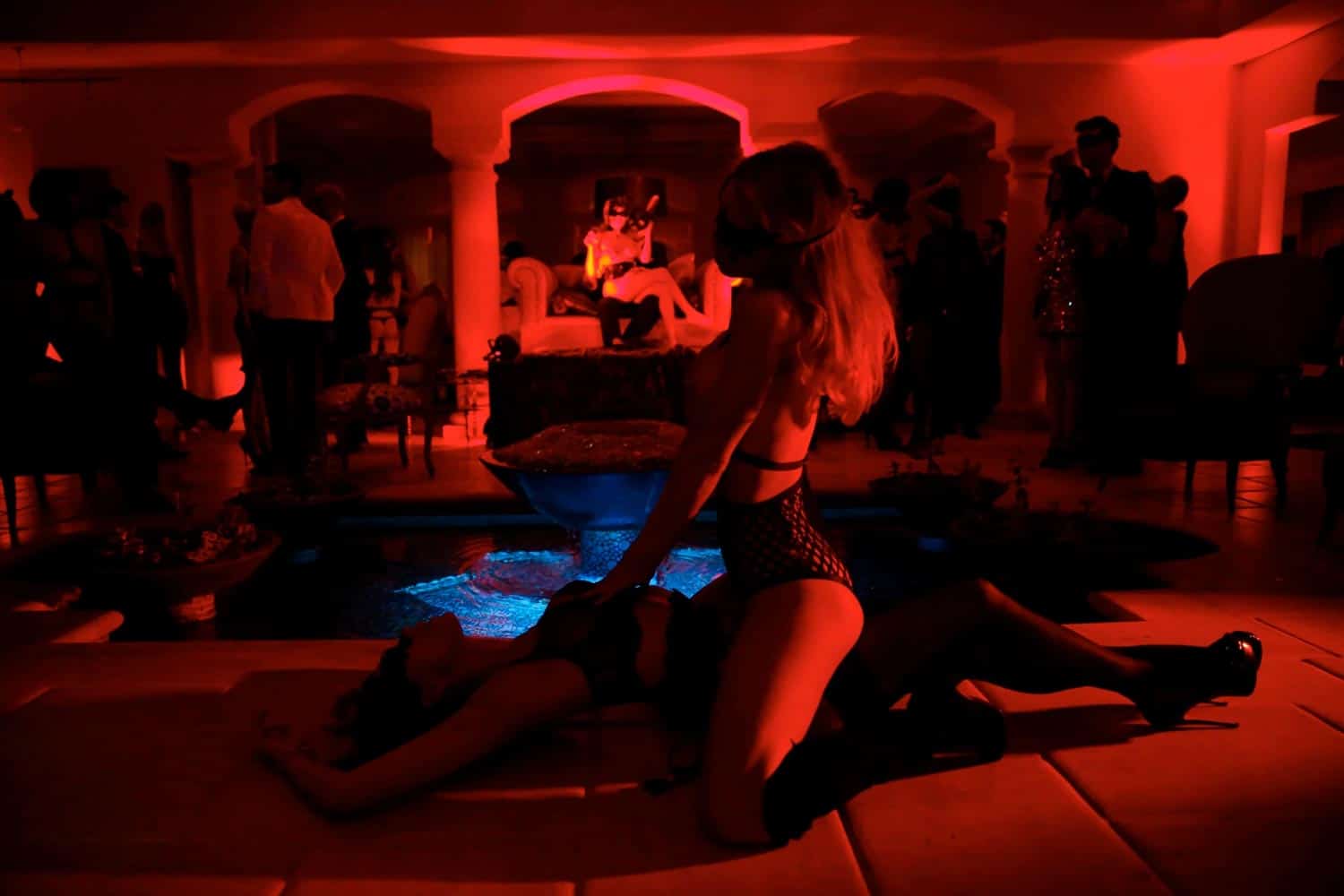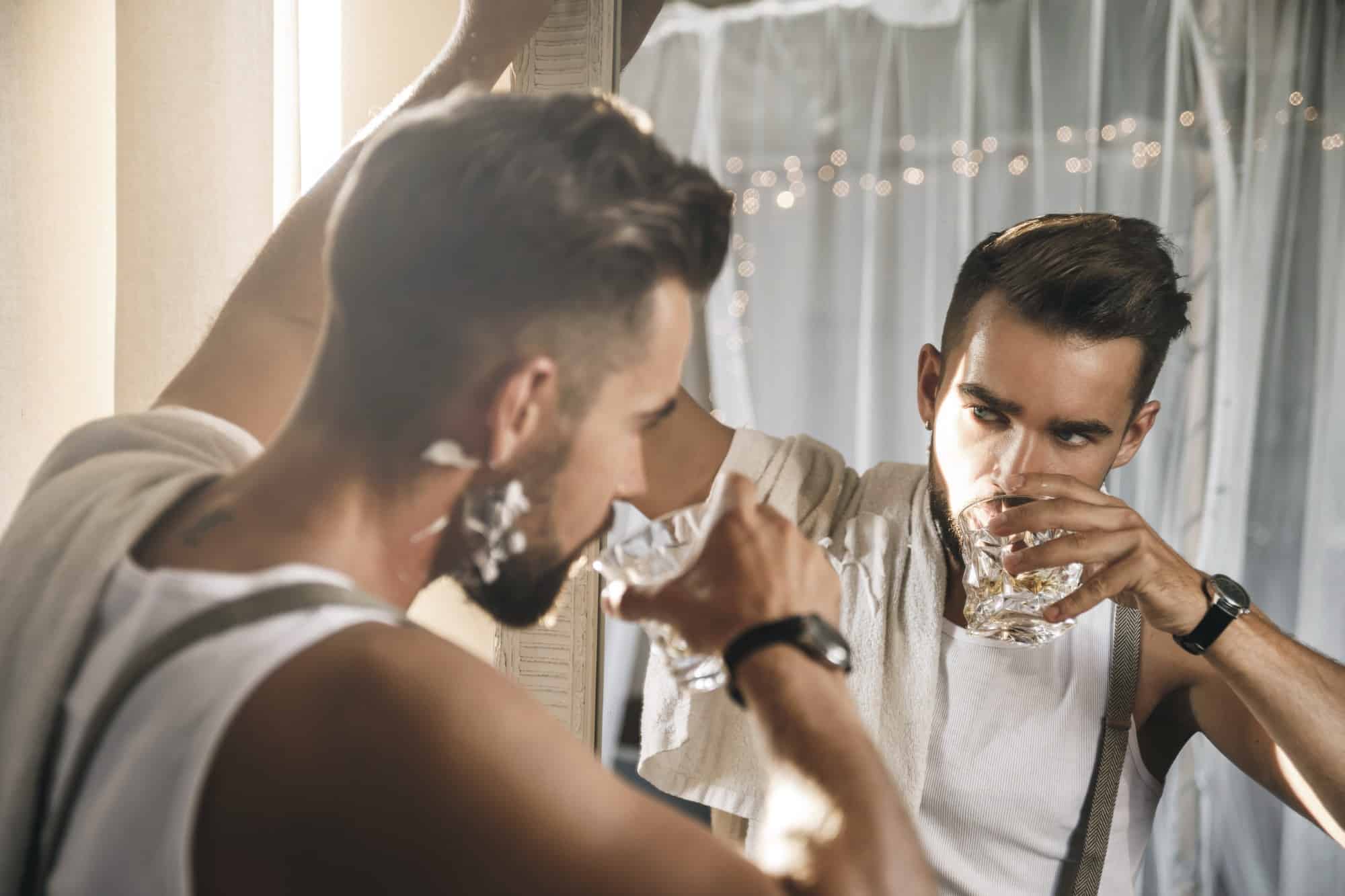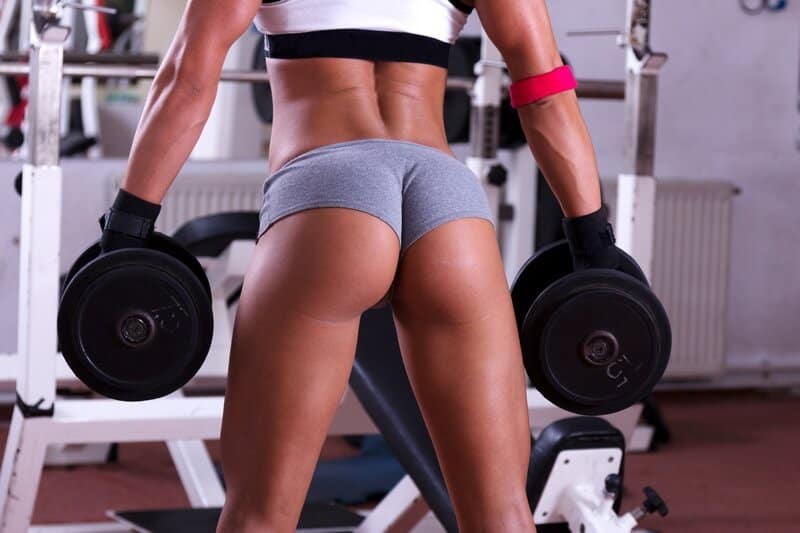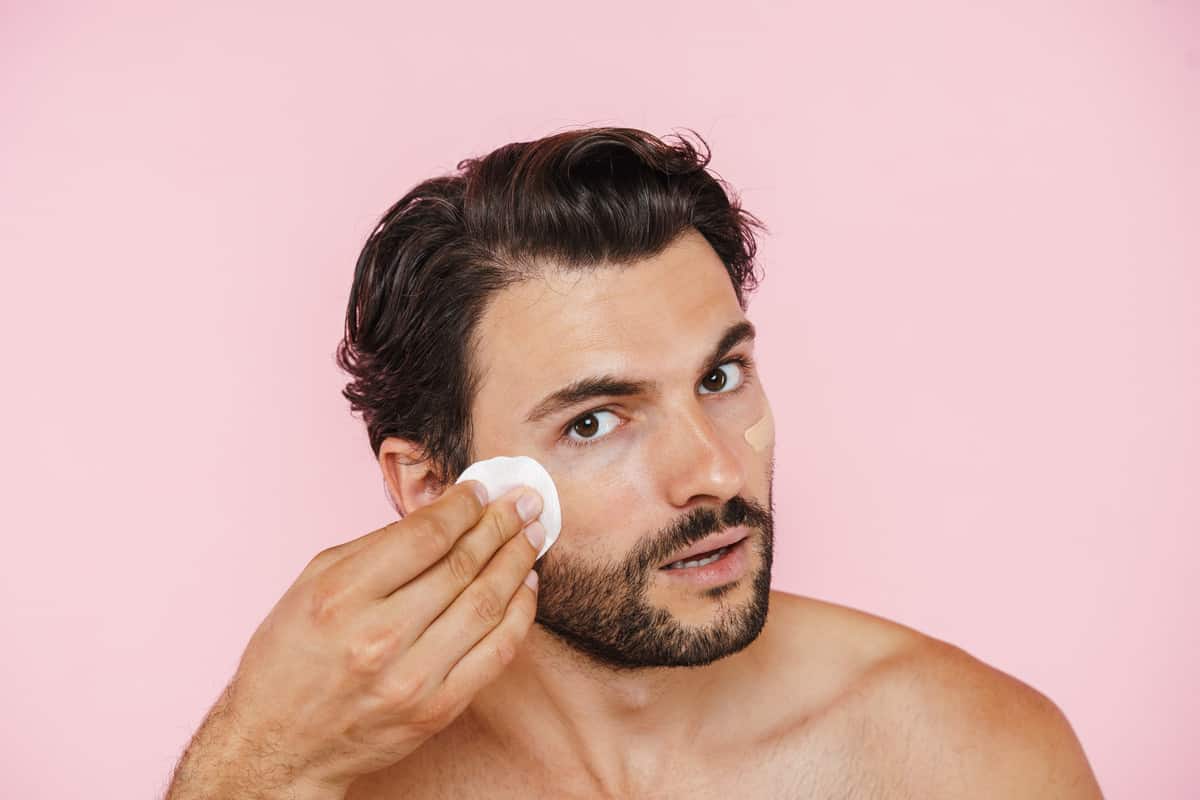
Harry Styles, David Bowie, Johnny Depp, Adam Lambert, Dennis Rodman, Jared Leto, Ezra Miller. Do you know what they all have in common? You guessed it, they are all known to wear makeup in public.
Many famous men (gay, straight, whatever!) have been known to wear makeup. And with the popularity of social media and the rise of “aesthetic” influencers, we are seeing more men openly discussing and sharing their experiences with makeup.
As a result, the use of men’s makeup is becoming more accepted and popular, as people challenge traditional gender norms and embrace personal expression.
A famous quote that comes to mind when discussing men’s makeup is “beauty knows no gender.” And it couldn’t be truer.
Men’s makeup is all about celebrating individuality and enhancing one’s natural features.
Whether you’re looking to cover up blemishes, enhance your facial structure, or simply experiment with different looks, there are plenty of options available to help you achieve the desired effect.
Men’s makeup has a long and rich history, with men from various cultures and time periods using cosmetics for different reasons.
In this article, we will delve into the history of men’s makeup, explore why men should consider wearing it, and provide a comprehensive guide on how to choose and apply men’s makeup for a natural and flawless look.
History of Men’s Makeup
Men have been using makeup for thousands of years, with evidence of its use found in many ancient civilizations.
Makeup was worn by men for various purposes, including enhancing their appearance, showcasing social status, and as a form of self-expression.
In ancient Egypt, for example, both men and women wore makeup as a way to protect their skin from the harsh desert climate and to honor their gods.
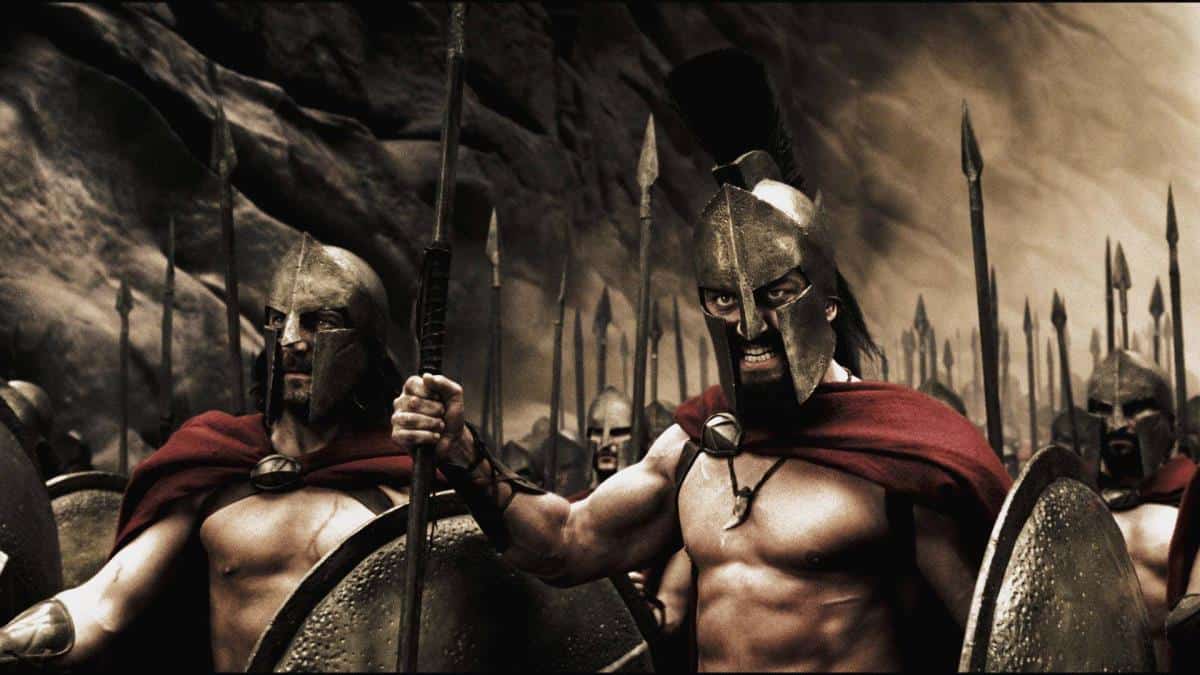
Makeup was also used by warriors in ancient Greece and Rome to intimidate their enemies.
But societal forces and prejudices against men wearing makeup also existed, particularly during the Victorian era, where Queen Victoria’s policies led to a decline in male makeup usage in Europe and North America.
The Modern Shift in Perception
In the 20th century, men’s makeup became primarily associated with the performing arts, with actors and entertainers using it to enhance their visibility on stage and screen.
Famous bands like KISS also played a significant role in popularizing men’s makeup during the 1970s.
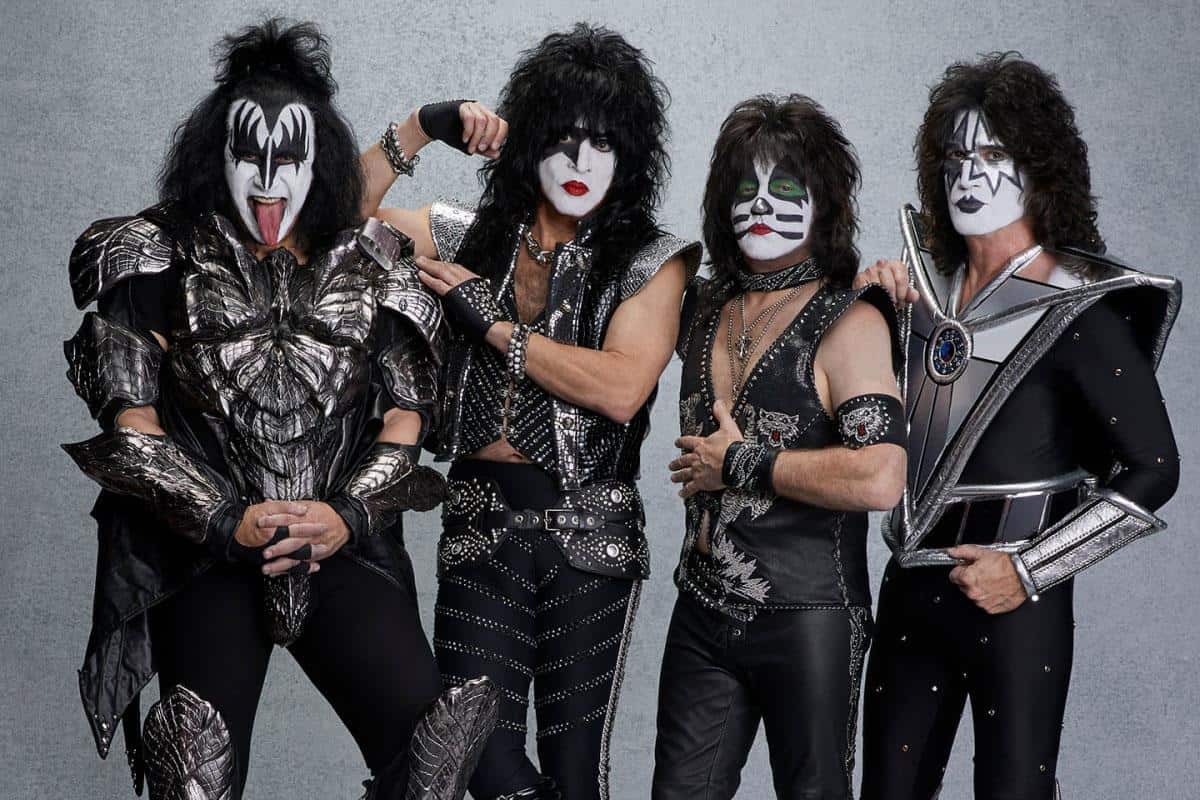
Their bold and theatrical looks, complete with face paint and intricate designs, inspired many fans to experiment with their own makeup styles.
However, outside of the entertainment industry, men’s makeup remained relatively niche and stigmatized.
Fast forward to the 21st century, and we are witnessing a significant shift in perception towards men wearing makeup.
With progressive movements promoting gender equality and self-expression, societal norms are being challenged like never before.
Men are now more comfortable exploring their personal style, including experimenting with cosmetics.
This shift has also been fueled by the rise of social media platforms like Instagram, TikTok and YouTube. Influencers have really honed in on beauty, wellness and fitness.
It’s not uncommon to see men showcase their workout skills in the gym followed by their their makeup skills in the mirror.
Additionally, many beauty brands have recognized the growing demand for men’s makeup and have started specifically targeting this market.
They are launching men’s grooming lines that offer a range of products designed for male skin tones and features.
Men now have the freedom, like never before, to explore makeup as a tool to enhance their features and boost their confidence.
Should I Wear Makeup?
The decision to wear makeup is a personal one, and it should be based on your own preferences and desires, rather than societal expectations or judgments.
Here are some key points to consider when deciding whether to wear makeup:
1. Individuality
Makeup is a form of self-expression, and everyone should have the freedom to express themselves in whatever way feels authentic to them.
Wearing makeup does not make you any less masculine or define your sexual orientation.
2. Confidence
Makeup can boost your confidence by enhancing your features and covering up imperfections.
If wearing makeup makes you feel more confident and comfortable in your skin, then it is worth considering.
3. Flaw Correction
Makeup can help conceal blemishes, dark circles, scars, and redness, providing a more polished appearance.
Another popular use case for men is getting rid of hickeys!
If you have specific areas you want to correct or enhance, makeup can be a useful tool.
4. Occasions
Makeup can be worn for special occasions or events where you want to look your best.
It can help create a more polished and put-together appearance.
5. Personal Experimentation
Trying out makeup can be an interesting and fun experience.
You might discover new techniques and products that work well for you.
How to Choose Men’s Makeup
Choosing the right makeup products is crucial for achieving a natural and seamless look. Here are some steps to help you choose the right makeup for your needs:
1. Determine Your Skin Type
Understanding your skin type is essential in selecting the right makeup products. Typical skin types are:
- Dry skin: If you have dry skin, look for makeup products that are hydrating and moisturizing. Opt for foundations and concealers with a dewy finish to add a healthy glow to your skin. Avoid matte formulas, as they can further dry out your skin.
- Oily skin: If you have oily skin, it’s important to choose makeup products that are oil-free and mattifying. Look for foundations and concealers that are water-based or contain ingredients like salicylic acid to help control excess oil. Matte formulas will work best for you as they can help absorb any excess shine throughout the day.
- Combination skin: If your skin is a combination of both dry and oily areas, you may need to use different products on different parts of your face. Consider using an oil-free foundation on your T-zone (forehead, nose, and chin) where it tends to get oily, and a hydrating foundation on the rest of your face where it is drier.
- Normal skin: Lucky you! If you have normal skin, you have more flexibility when it comes to choosing makeup products. You can experiment with different formulas and finishes to find what works best for your preferences.
2. Determine Your Skin Tone
Knowing your skin tone is crucial for finding the right shade of makeup.
Warm skin tones
It’s best to look for makeup products that have a yellow or golden undertone. Choose foundations, concealers, and powders that are labeled as “warm” or “golden” to complement your complexion. When it comes to lipsticks and blushes, opt for shades like coral, peach, or warm reds.
It’s also important to note that warm-toned individuals tend to look better in gold jewelry rather than silver. So when choosing eyeshadows or metallic finishes, reach for shades that have a golden or bronzy sheen.
Cool skin tones
For those with cool undertones, look for makeup products with pink or blue undertones. Foundations, concealers, and powders labeled as “cool” or “rose” will be your best bet.
When it comes to lipsticks and blushes, opt for shades like rosy pinks, berries, or cool reds.
Neutral skin tones
If you have a neutral skin tone, consider yourself lucky because you can pretty much rock any shade!
You can choose from warm or cool-toned makeup products depending on your personal preference. Experiment with different colors to see what suits you best.
Professional help from makeup stores or online services can assist in finding your perfect match.
3. Choose the Makeup Type
There are various types of makeup products available, including:
Concealers
Concealers are great for covering up blemishes, dark circles, or any other imperfections on the skin.
They come in different shades to match your skin tone and can be easily blended for a natural look.
Foundations
Foundations are a more comprehensive option for achieving an overall even complexion.
They come in various forms like liquid, cream, or powder and provide coverage while giving your skin a smooth finish.
Setting Powders
Setting powders are used to set the makeup and help it last longer.
They are usually translucent or have a slight tint and are applied after foundation and concealer to prevent them from smudging or creasing throughout the day.
Consider your desired coverage and finish when choosing between liquid, cream, or powder formulations.
4. Shop for the Makeup
The men’s makeup industry is growing, with brands like Stryx, Formen, Altr, War Paint, and Menaji catering exclusively to men’s cosmetic needs.
Additionally, established makeup brands like:
- Tom Ford
- Glossier
- Fenty, NARS
- Make Up For Ever
- NYX
- bareMinerals
- Urban Decay
- L’Oreal
offer a wide range of products suitable for men.
5. Select the Application Tools
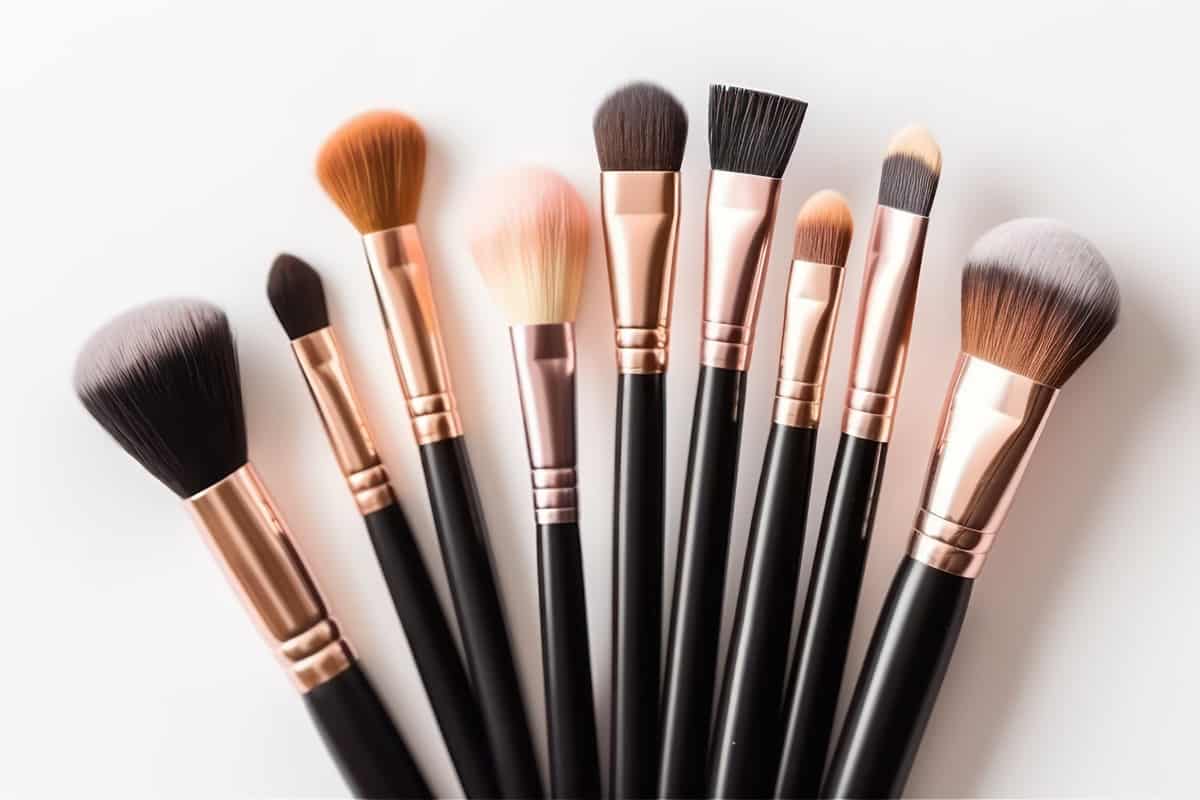
The right tools can make a significant difference in achieving a flawless application. Consider using brushes, sponges, or your fingers when applying makeup.
Different brushes, such as detail brushes, flat brushes, small fluffy brushes, and large powder brushes, offer versatility in covering various areas of the face.
Here is a basic breakdown of how and when to use each brush:
- Detail brushes are perfect for precision work, such as applying eyeliner or filling in eyebrows.
- Flat brushes are great for applying foundation or concealer, as they provide even coverage.
- Small fluffy brushes work well for blending eyeshadow or applying highlighter to small areas like the inner corners of the eyes.
- Large powder brushes are ideal for dusting setting powder or bronzer onto larger areas like the cheeks and forehead.
When it comes to sponges, they can be a great alternative to brushes, especially if you prefer a more natural-looking finish.
Sponges can be used damp or dry, depending on the desired effect. They work well for blending foundation and concealer seamlessly into the skin.
Using your fingers is also an option, especially for cream-based products like blush or eyeshadow. Your fingers can help warm up the product and blend it into your skin for a natural finish.
Just make sure to wash your hands before applying makeup to avoid transferring any dirt or oils onto your face.
How to Apply Men’s Makeup
Once you have chosen the appropriate makeup products, it is essential to know how to apply them correctly for a natural and refined look. Here is a step-by-step guide:
1. Do Your Normal Skin Care Routine
Start with a clean and moisturized face to create a smooth canvas for the makeup. Proper skin care ensures that the makeup adheres well and lasts longer.
2. Select and Apply Your Concealer or Foundation
Concealers are ideal for covering specific blemishes, while foundations provide overall coverage and even out the complexion.
Use a concealer tool or your fingers to apply the product strategically, focusing on problem areas.
Gently tap and blend the product for a seamless finish, avoiding rubbing, which can disperse the product unevenly.
3. Use a Translucent Finishing Powder
Finishing powders help set the makeup and provide a more natural appearance.
Consider using a translucent powder to minimize shine and give the makeup longer-lasting endurance.
Lightly dust the powder over the makeup using a brush, ensuring even distribution.
How to Remove Men’s Makeup
Properly removing makeup is just as crucial as applying it. Here are some tips on effectively removing men’s makeup:
1. Use a Makeup Remover
Begin by using a makeup remover or micellar water to dissolve the makeup, working it into the skin gently.
Avoid harsh scrubbing, as it can irritate the skin.
2. Cleanse the Face
After removing the makeup, cleanse your face with a gentle cleanser to remove any residue and ensure thorough cleansing.
This step is essential, as makeup removers are designed to dissolve makeup and may not completely cleanse the skin on their own.
Final Thoughts
Men’s makeup has a long and diverse history and is now experiencing a resurgence in popularity. The decision to wear makeup is a personal one, and it should be based on individual preferences and desires.
Wearing makeup does not define masculinity or sexual orientation and should not be judged or criticized.
When choosing men’s makeup, consider factors such as skin type, skin tone, desired coverage, and occasion. Proper application techniques and removal methods are essential for achieving a natural and flawless look.
Above all, embrace personal expression, respect others’ choices, and remember that wearing makeup is just one of many ways to enhance your appearance and boost your confidence.




